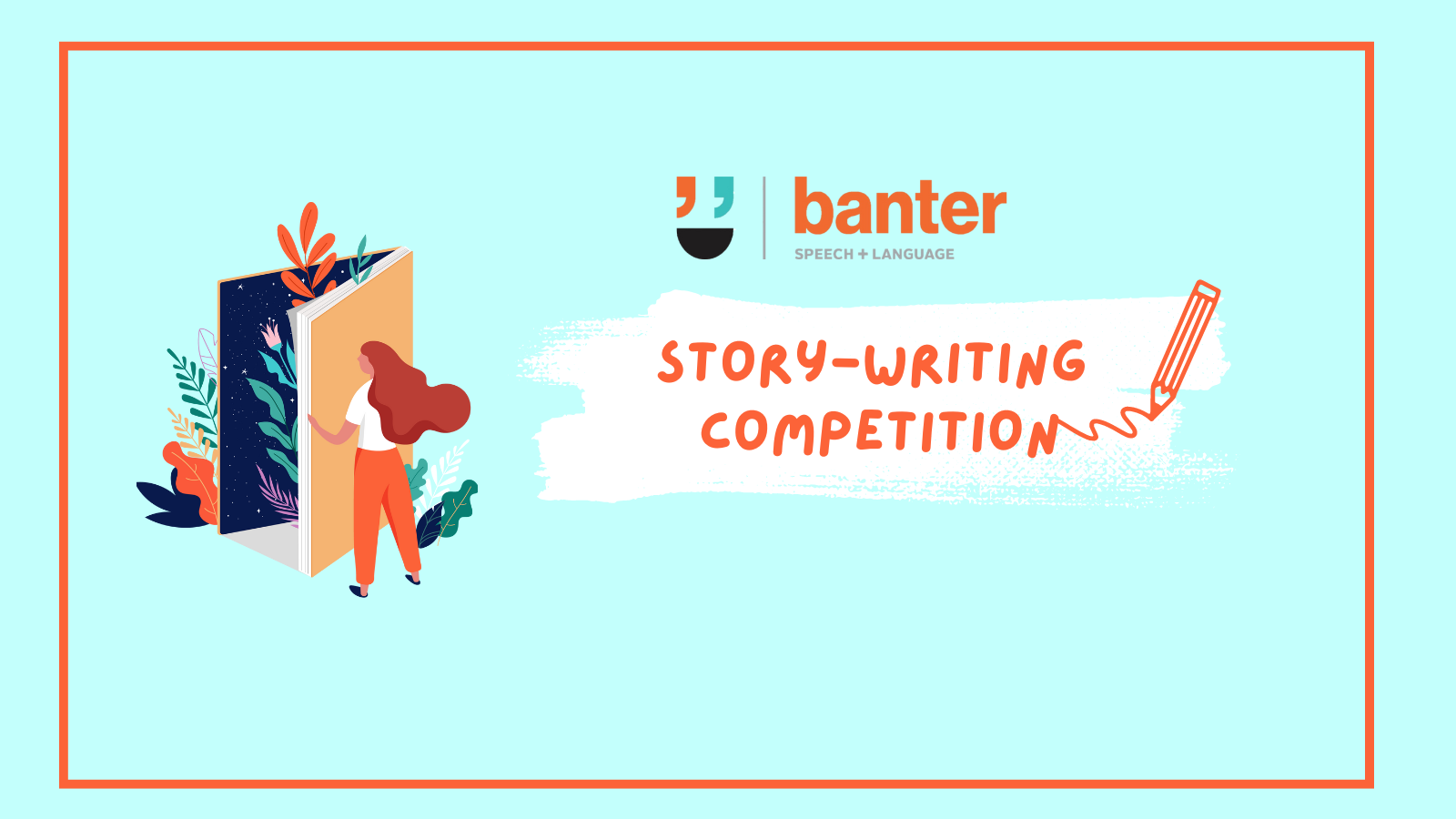My school-age child can’t write properly! How to help, including a practical (free) exercise you can use today
“I like platypuses. They are the best. They are awesome. Really cool.”
“Augustus Caesar was a great Emperor. He did many good things for his people. He died a hero. He’s very famous. He even has a month named after him.”
Weak, right? These sentences are simple, general, and unsubstantiated. They tell us nothing about when, where, why or how things happened. They include unreasoned assertions, unsupported by evidence.
But many students – even high-schoolers – write like this.
A. Why writing skills are important
To succeed at school and, later, in life, children need to explain things in writing. But lots of students have problems writing clearly. This is a problem at school – writing skills are essential for good exam results across the curriculum (even in STEM subjects). Poor writing is an even bigger obstacle in the workplace, with professional email, social media and report-writing skills key to advancing in many careers.
When children learn to write well:
- you can spot their comprehension gaps more easily;
- they get better at comprehending and producing sentences with complex grammar;
- they learn to organise, structure and sequence their thoughts logically; and
- they learn to improve their study skills.
B. Six principles to improve writing instruction at all stages of learning
As with reading, learning to write is not natural. Writing has to be taught explicitly.
But how?
Paraphrased for space, here are six teaching principles developed by Judith Hochman and Natalie Wexler in their wonderful book, “The Writing Revolution” (see citation below).
1. Students need writing explicit instruction in writing, starting in Kindergarten.
2. Focus, first, on improving writing at the sentence level. Sentences are the building blocks of all writing. If you can’t write a complex sentence, you’ll struggle to write a decent paragraph, much less a well-reasoned essay, explanation or story.
3. Teach writing while working on subject content, e.g. animal habitats, or Ancient Egypt, or maths. You can’t write well about something you don’t know well. Writing shouldn’t be seen as a skill separate from the rest of the curriculum.
4. Writing activities might be the same, but the subjects covered (including the complexity of ideas discussed) will become harder with the curriculum. For example, you might use sentence cues such as “because”, “but” and “so” to cue students to write well-reasoned compound and complex sentences at all stages of learning:
-
- If you’re teaching Year 1 kids, you might talk about an age-appropriate book like “Who Sank the Boat?” and give students “because”, “but” and “so” cues, e.g.:
- “The boat sank because too many animals got into the boat”.
- “The boat sank, but at first it didn’t.”
- “The boat sank, so all the animals had to swim back to the pier.”
- If you’re teaching Year 1 kids, you might talk about an age-appropriate book like “Who Sank the Boat?” and give students “because”, “but” and “so” cues, e.g.:
-
- If you’re teaching Year 12 young adults, you would talk about an age-appropriate play like The Crucible, or a science text, and expect more sophisticated answers with the same cues, e.g.:
- “The Crucible is an allegory because it compares 20th century McCarthyism to the Salem witch trials.”
- “The Crucible is an attack on show trials and blacklists in 20th century politics, but is disguised as an historical novel in the late 17th century US town of Salem, Massachusetts.”
- “The Crucible is designed as a tragedy, so it contains the key elements of a tragedy, including hamartia, hubris, peripeteia, anagnorisis, and catharsis.”
- If you’re teaching Year 12 young adults, you would talk about an age-appropriate play like The Crucible, or a science text, and expect more sophisticated answers with the same cues, e.g.:
5. Grammar for school-age children should be taught with combined oral/written tasks. Teaching a bunch of grammar rules in a vacuum doesn’t work. Students need repeated practice applying rules in their own writing, e.g. by completing sentence fragments (see below) or combining sentences.
6. Planning and revising are the most important phases of writing well.
C. Enough theory. Give us an exercise we can use!
Taking my cue from “The Writing Revolution”, here is an exercise I’ve developed for use in the clinic with my clients. The idea is to use incomplete sentence cues or “fragments” to help writers recognise:
- first, that sentences need to contain a subject and a verb (at least a “who”, “what did they do”); and
- second, that basic noun-verb sentences can be improved by responding to cues such as:
- where did it happen? (e.g. in the park, at the beach, on the soccer field, in Ancient Rome, in Victorian England);
- when did it happen? (e.g. in the morning, at night, at 7am, in Winter);
- why did it happen? (e.g. because he wanted to win the game, because Augustus Caesar centralised control of the Treasury, or because of gravity); and
- how did it happen? (e.g. suddenly, gradually, tragically, comically, violently).
Note: Ideally, I use fragments tied to what my clients are learning at school (i.e. applying writing principle 3 above). For demonstration purposes, however, I’ve chosen random sentence fragments matching the interests of many of my younger male clients so you can see how the exercise works in practice.
Example writing activity
Turning sentence fragments into sentences
A fragment is a small part that is broken off from something. A sentence fragment is a group of words that have broken off from a sentence: a fragment doesn’t make sense on its own. We need to add more information for it to make sense.
For example:
“caught the ball”
doesn’t make sense on its own. We need to know who caught the ball.
“Peppa Pig and George…”
doesn’t make sense on its own. We need to know what Peppa and George did: what happened?
To turn fragments into sentences, ask yourself some questions:
Level 1 questions: To make a basic sentence from a fragment, ask yourself these questions:
Who did it?
What happened?
Let’s level up!
Level 2 questions: Now that you have a basic sentence, make it even better by asking yourself:
Where did it happen?
When did it happen?
Why did it happen?
How did he/she/it do it?
Exercise A
Turn these fragments into sentences by answering the level 1 questions. For bonus points, make the sentences more interesting by answering level 2 questions.
…cut the cake…
Chris and Jack…
…kicked the goal…
…saw a ghost….
Christiano Ronaldo….
…won the battle….
…fought the Hulk…
Optimus Prime…
…saw Mum…
…was jealous…
I like…
…Superman…
…went to the zoo…
…found a…
…slipped and fell over…
…picked up the Beyblade.
Exercise B
Turn these fragments into sentences by answering the level 1 questions. For bonus points, make the sentences more interesting by answering level 2 questions.
Luke Skywalker…
…defeated Megatron…
Michelangelo and Raphael…
…saved up $20…
…told Sam to be quiet…
…my family put…
…put on his pyjamas….
…dropped the plate…
The next day….
…couldn’t see…
Spiders have…
…taught the Kindergarten kids…
The fox…
…stole the girl’s lunch…
I’m going to put….
…when I found…
Wonder Woman…
Clinical bottom line
“The Writing Revolution”, by Hochman and Wexler, provides a very clear, methodical way of teaching students to write well regardless of their age or stage of learning. It demystifies how to teach and how to learn to write well by breaking the process into easy-to-understand chunks. Even better, it links syntactical and verbal reasoning skills to writing skills, language and learning content, helping to prepare students to express their thoughts and ideas in the real world.
Main Source: Hochman, Judith C., and Wexler, Natalie (2017). The Writing Revolution: A Guide to Advancing Thinking Through Writing in All Subjects and Grades, Jossey-Bass San Francisco, California, USA (via a recommendation made by John Walker of theliteracyblog.co.uk on Twitter).
Related articles:
- Persuasive writing is about much more than PEEL, TEEL, NAPLAN, the HSC – or any other acronym!
- To help teenagers with language challenges, we need to go beyond words and sentences
- For students with spelling difficulties, where should we start?
- Don’t let poor writing hold you back – how to get help
Related Resources:
- Think Then Write: Criterion-referenced writing assessment/screener + scoring checklist
- Think then Write Foundations: Explicit Writing Program: High Frequency, Developmentally Sequenced Sentence Structures (SV, SVC, SVO, SVA, SVOA, SVOO, SVOC) and Key Compound Sentences
- Think then Write Workbook, Volume 1: Explicit Writing Program: Compound and Complex Sentences
- Think then Write Workbook, Volume 2: Explicit Writing Program: Paragraphs, Descriptive Writing and Recounts
- Think then Write Workbook, Volume 3: Explicit Writing Program: Transitions, Biographies and Short Reports
- Think then Write Workbook, Volume 4: A Narrative Writing Program
- Think then Write: Compound Sentence Combining Workouts (featuring the FANBOYS conjoining conjunctions)
- Think then Write: Complex Sentence Combining Workouts (featuring subordinating conjunctions)
- Think then Write: Paragraph Models and Practice Exercises to help students to write paragraphs
- Descriptive Paragraph Scaffolds (featuring Semantic Feature Analysis), Models and Practice Exercises
- Short Functional Explanations: Thinking, Writing and Planning tasks for Australian Adolescents
Image: https://tinyurl.com/y94372eg

Hi there, I’m David Kinnane.
Principal Speech Pathologist, Banter Speech & Language
Our talented team of certified practising speech pathologists provide unhurried, personalised and evidence-based speech pathology care to children and adults in the Inner West of Sydney and beyond, both in our clinic and via telehealth.








